Here is Stuart's week 9 report:
"Two species of ‘thorn’ were recorded in good numbers this week. Typical of the thorns, both species adopt resting postures unusual amongst moths. The Early Thorn with its wings pressed tightly together above the body, much like a butterfly, reveals the cryptic colouration of its underside, resembling a dead or decaying leaf when clinging to a twig. The Purple Thorn, like the Lunar Thorn featured in Week 5, rests with its wings held open, half-raised and ‘curled’, creating a bowl-like shape. It can be distinguished from the Lunar Thorn by the dark central spot on the upperside of the hindwing, which incidentally, has a less deeply-scalloped outline. The larvae of both species feed on a wide range of woody broadleaved plants, allowing them to colonise various habitat-types, including urban parks and gardens.
Debutants recorded this week included the Antler Moth – so called for the elongate white antler-like marking that runs down the centre of each forewing – and single specimens of the Purple Bar and the Barred Yellow - both of which looked rather ‘tired’ and had lost the deeper colouration they would have had when newly emerged... but attractive nonetheless. These species’ larvae feed on grasses, bedstraws (Galium sp.) and roses (Rosa sp.) respectively; highlighting the importance of early-successional and open areas within otherwise mature woodland, allowing understory and herbaceous-layer foodplants to persist."

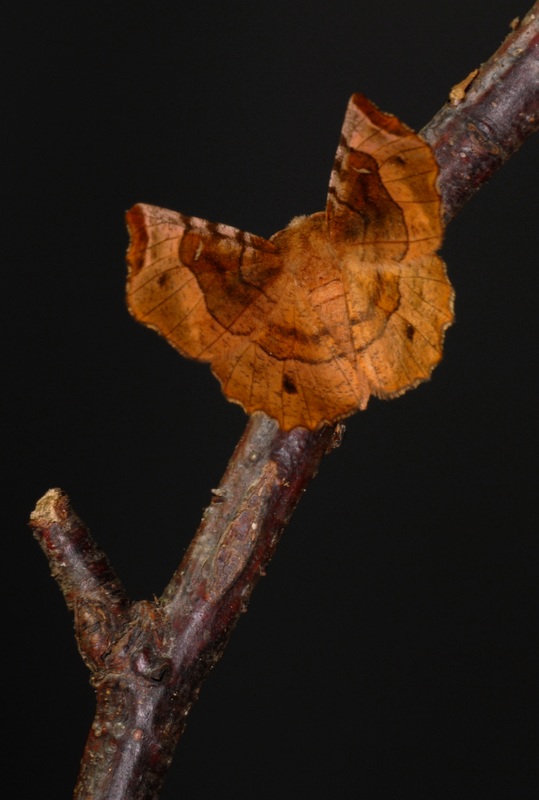
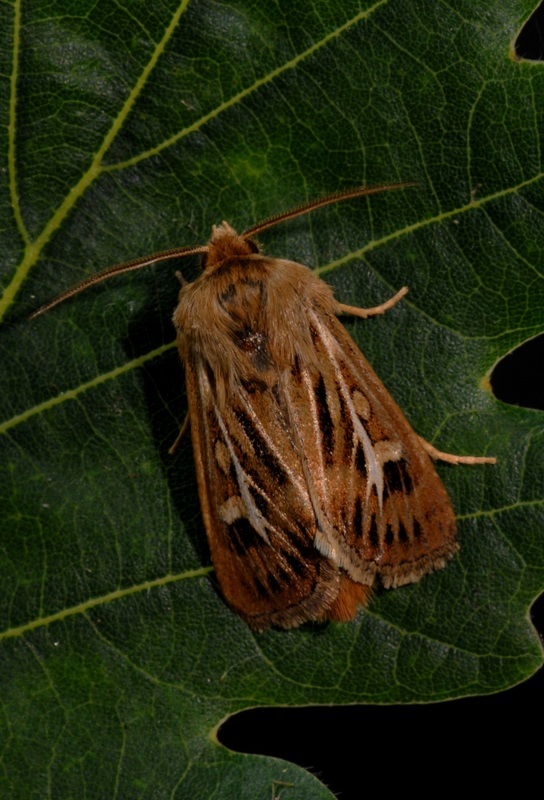
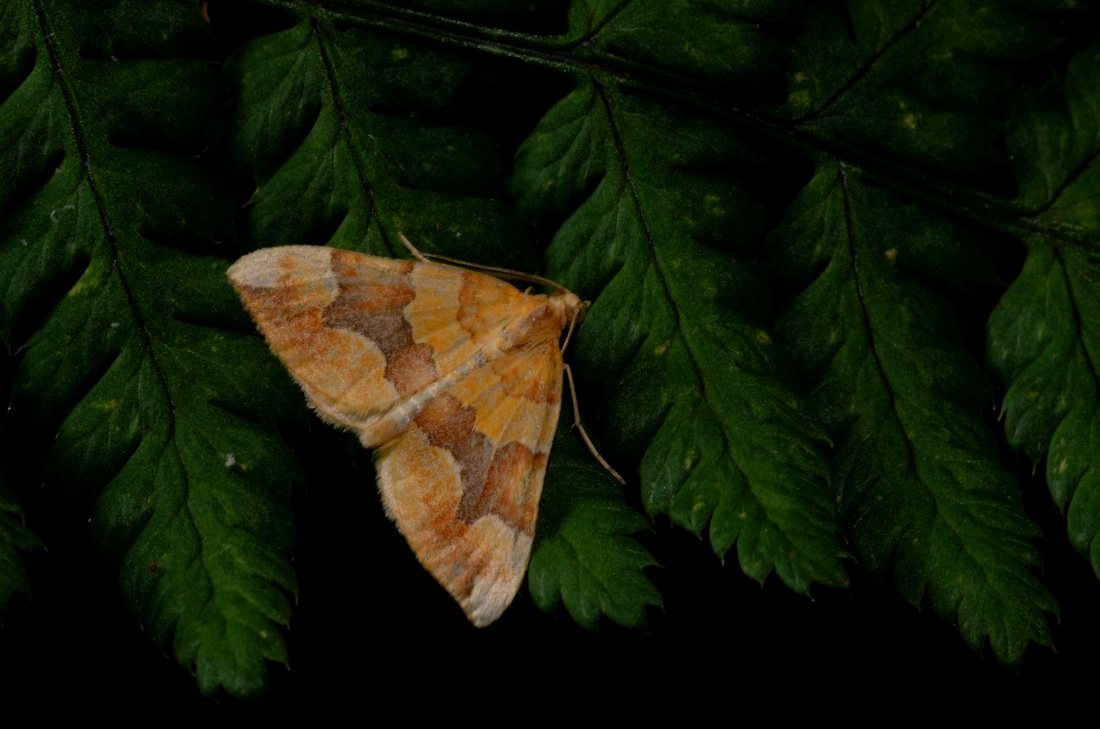
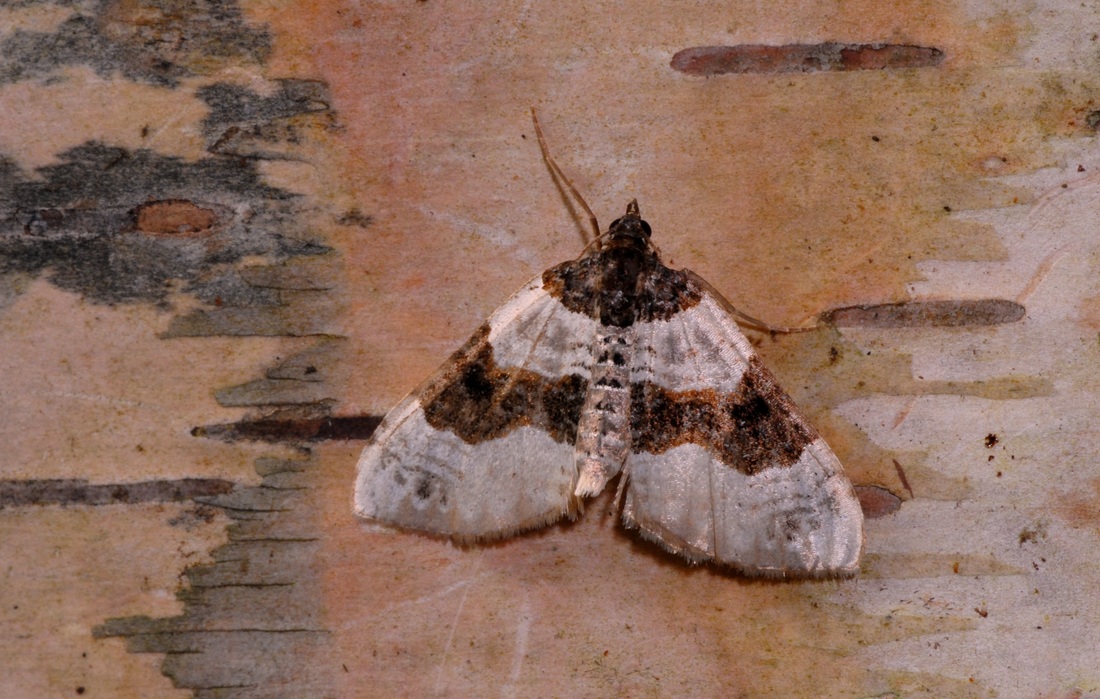
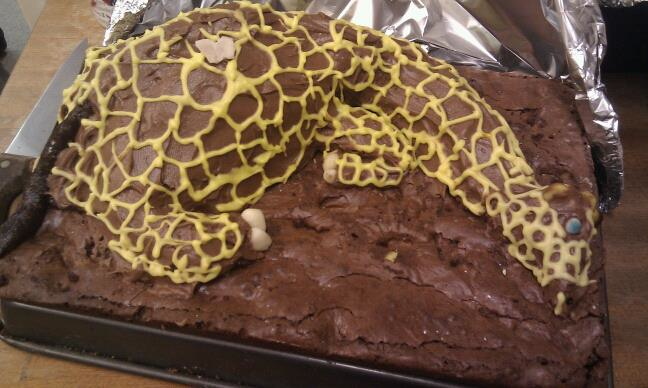
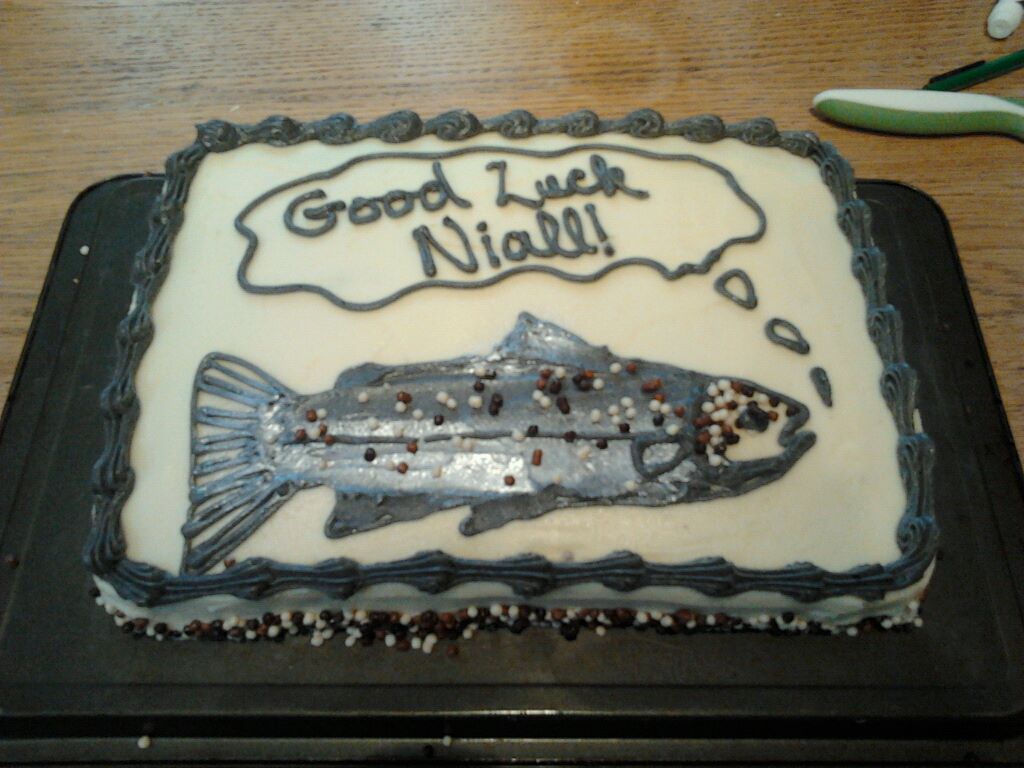
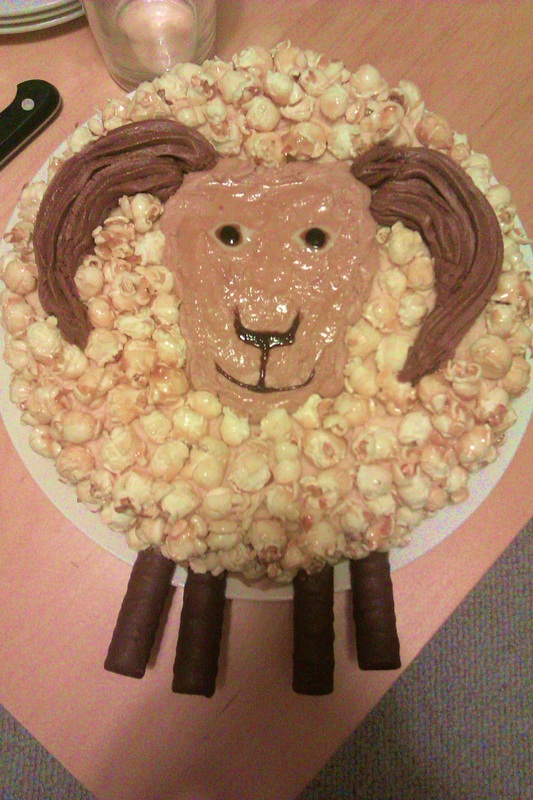
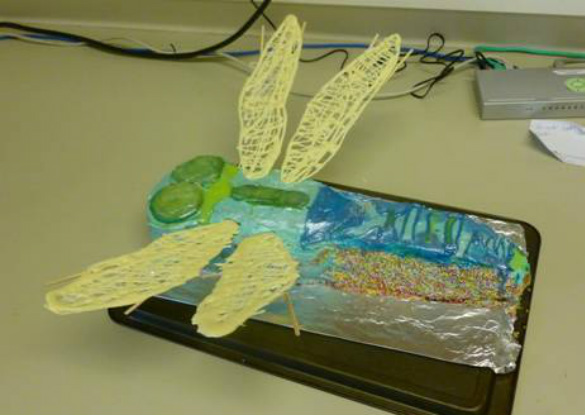
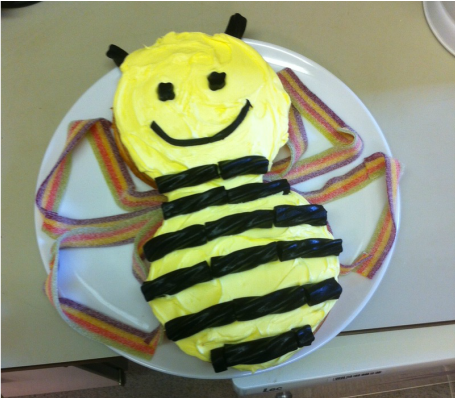
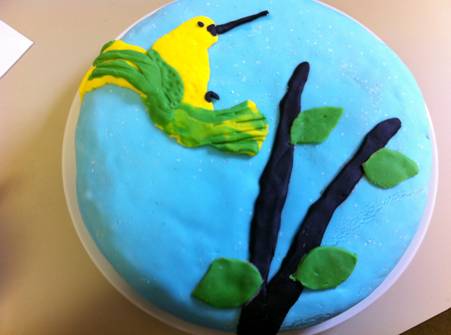
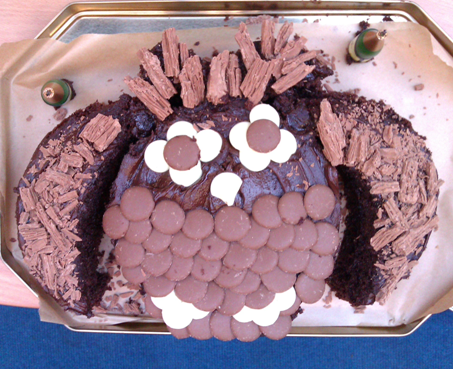
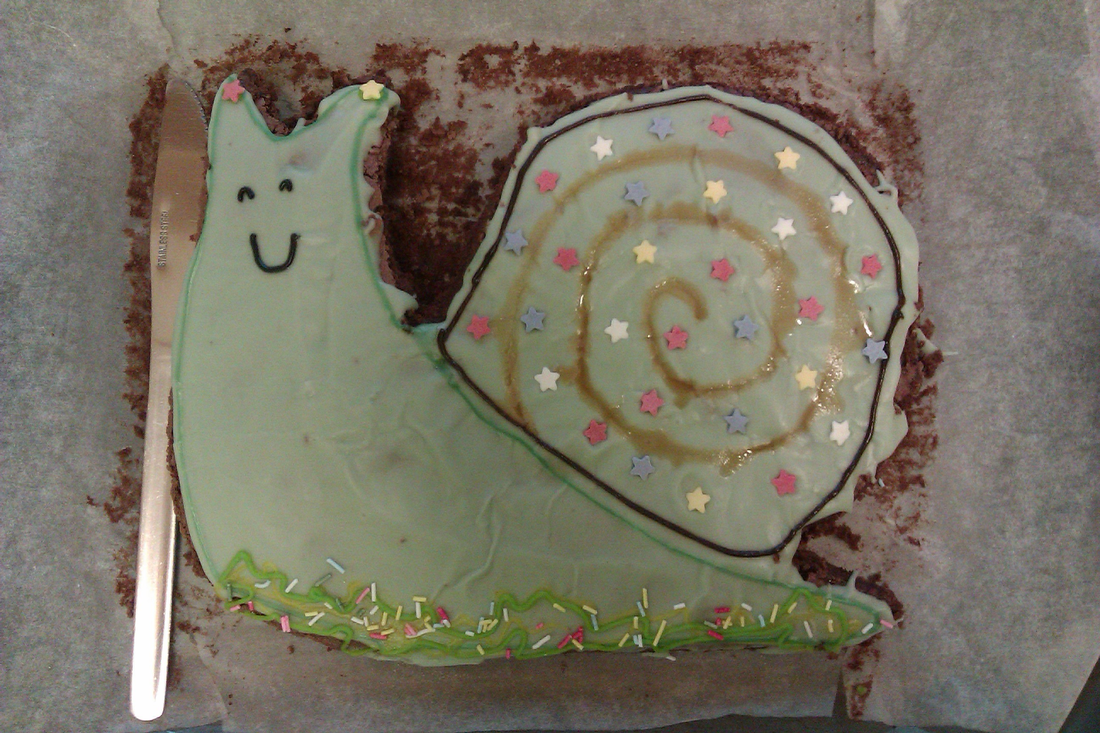

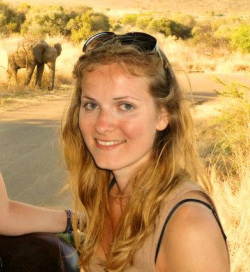
 RSS Feed
RSS Feed
